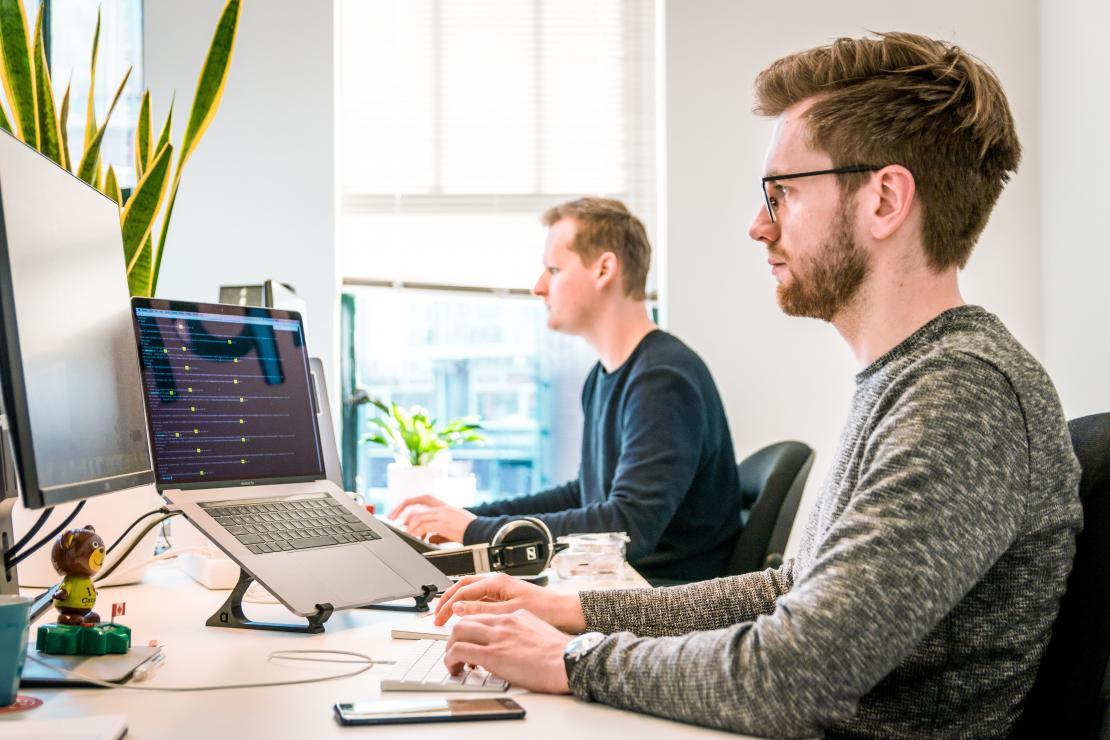
After long months of having all or most of their employees working from home, and as life opened up following lockdown, companies had to make a decision on whether to call their workforce back into the office or embrace remote work. Most companies came up with hybrid solutions which were very far from reach just a couple of years ago.
In early September ‘22 Larry Fink stated that “we have to get our employees back in the office” (at least three days per week, with up to two days per week working from home, as reported) which would result, according to BlackRock’s CEO, in “rising productivity that will offset some of the inflationary pressures”. The cause-effect between remote work, productivity and increasing inflation was rapidly challenged, with reference to several studies contradicting Mr. Fink’s statement.
Beyond the technicalities underpinning these studies and findings, the question remains as to what’s the best working model: presential, remote, hybrid? Simple a question, not so simple an answer, but here’s a try: it depends, as for each industry, sector or even company different models may work best.
But there is much more to account for when considering what the “future of work” will look like than merely focusing on the issue of where employees are sitting. It will imply a broad analysis of all the systemic matters gravitating around the workforce. The million-dollar question is, in fact, how to attract and retain talent?
Call it “workforce”, call it “human resources” (a totally obsolete expression these days, by the way), call it “talent”, whatever the expression may be we must always remember we are talking about people. So, the magic answer to the question on how to attract and retain talent will (again!) be: it depends. Each employer should consider all interests and arguments at stake, starting by listening to its people to find out what really moves them. What are their concerns? What compels them to get up in the morning to go to work? What inspires and brings them joy? In the end of the day, people, as organizations, need to find their sense of purpose.
Find this utopic? Well, remember that productivity comes together with one’s levels of personal fulfilment and happiness. In fact, the International Labour Organization’s very recent report on Working Time and Work-Life Balance Around the World concludes that flexible work arrangements are a benefit to all as “innovative working-time arrangements, such as those introduced during the COVID-19 crisis, can bring great benefits, including greater productivity and improved work-life balance”.
Note that employees must, of course, play their part too. What are the business constraints and concerns my employer is presently dealing with? Is it reasonable what I’m asking for? Is it reasonable now? Does it make sense in the specific sector we operate in?
Bottom line: employers should care about their people, and employees should also care about the sustainability of the business and its particular features. For both employers and employees balance and common-sense are always important to bear in mind.
There are several aspects to analyse and possibilities available for companies to consider and customize: be it flextime, telework, more flexibility and autonomy in job performance, innovative ways of promotion, empowerment and recognition, family-focused benefits, healthcare (including mental health care), work-life balance and well-being, increase in the number of paid annual holidays – to each company its own.
So what work model is best for you and you company?
Have a great and impactful week!
Angela Lucas
Advisor
Center for Responsible Business & Leadership
This article refers to edition #172 of the "Have a Great and Impactful Week" Newsletter and covers SDG 3 and 8.
Subscribe here to receive the weekly newsletter.